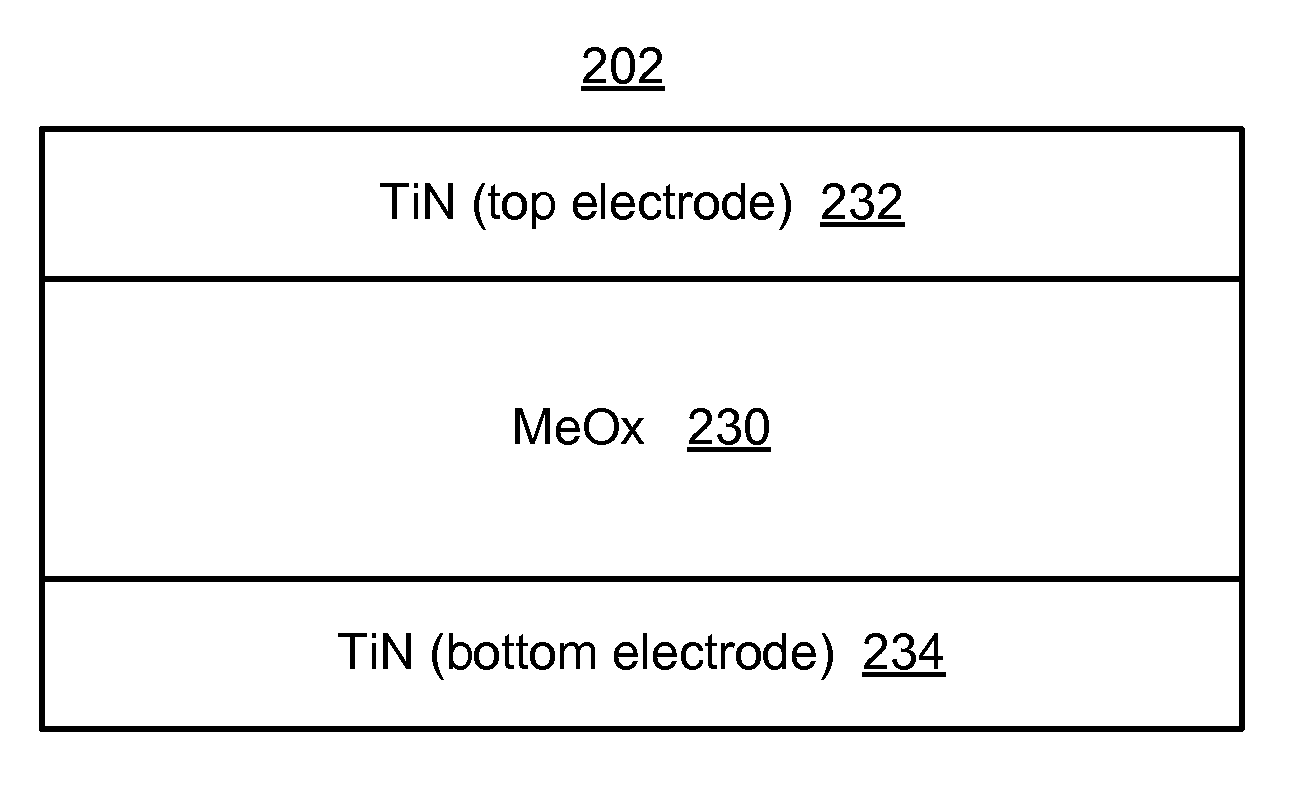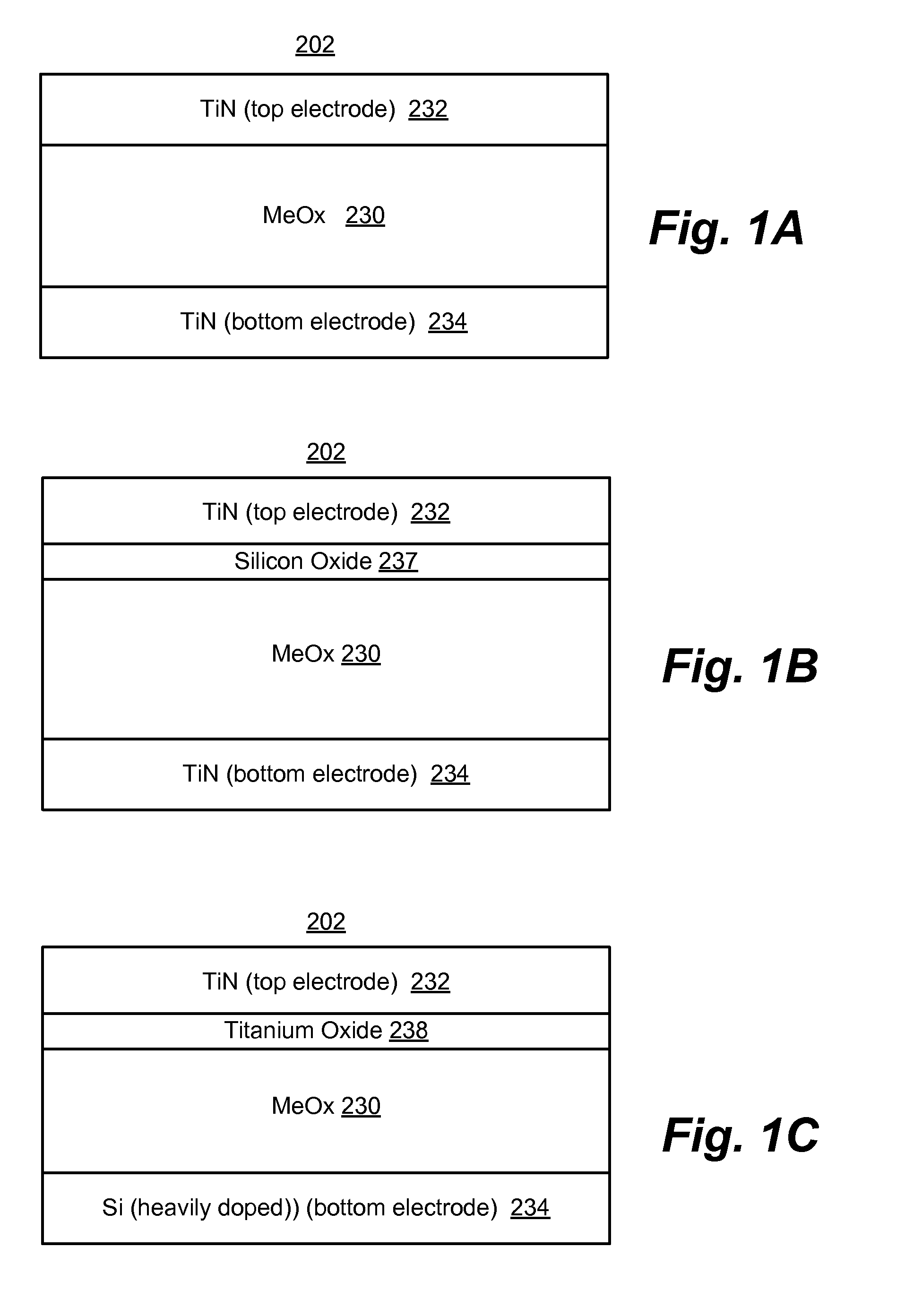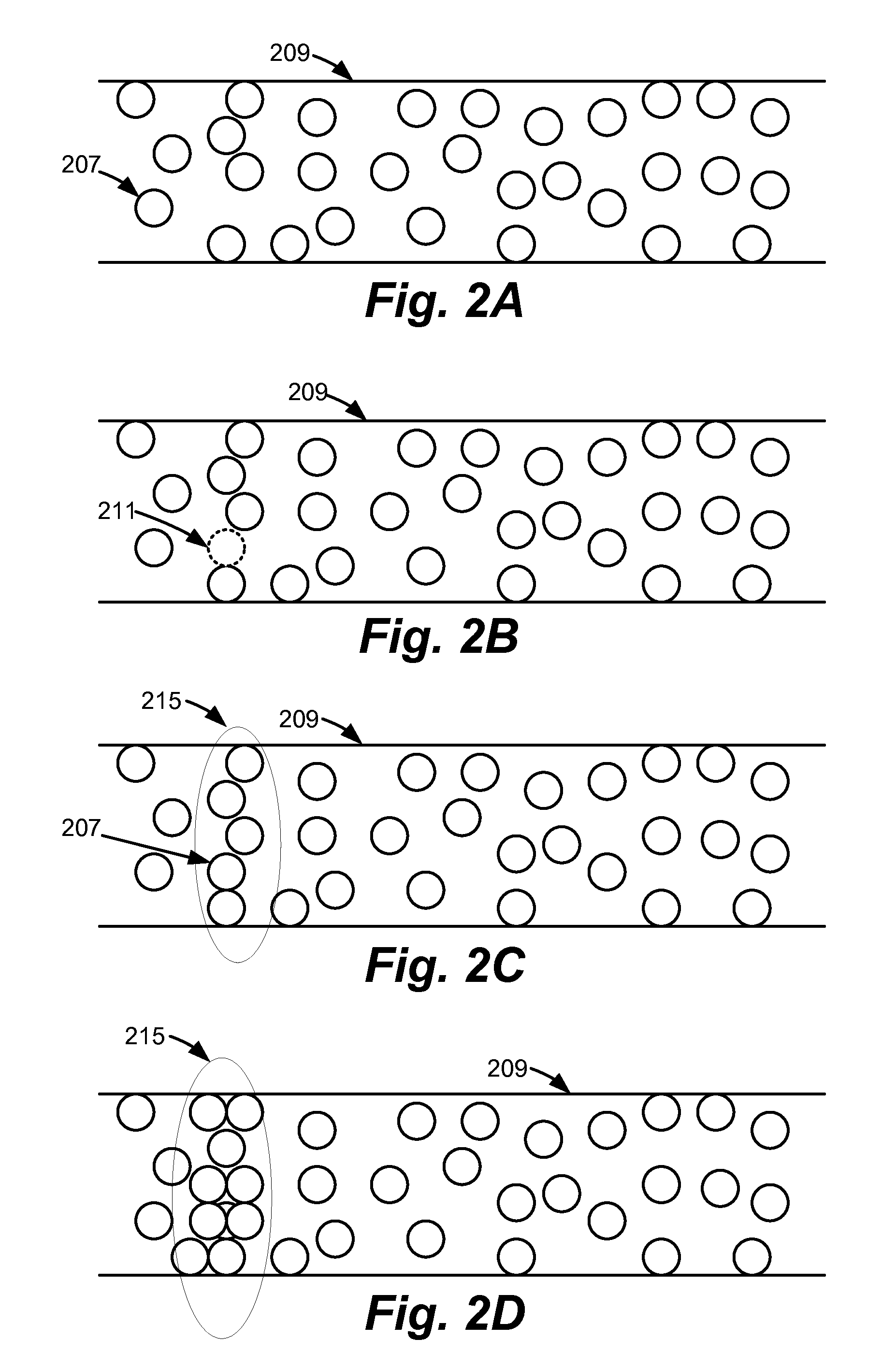Alternating bipolar forming voltage for resistivity-switching elements
a resistivity-switching element and bipolar forming technology, applied in the field of nonvolatile storage, can solve problems such as time-consuming
- Summary
- Abstract
- Description
- Claims
- Application Information
AI Technical Summary
Problems solved by technology
Method used
Image
Examples
Embodiment Construction
[0025]A method and system for FORMING memory cells have reversible resistivity-switching elements is described herein. FORMING refers to reducing the resistance of the reversible resistivity-switching element, and may refer to reducing the resistance for the first time. In one embodiment, the polarity of the voltage that is applied to the memory cell when forming the memory cell is alternated between application of voltages. For example, one or more voltages having one polarity are applied to the memory cell, then one or more voltages having the opposite polarity are applied. There may be a rest period between application of the voltages of opposite polarity. Forming by the use of voltages of opposite polarity may be referred to herein as “bipolar forming.”
[0026]In one embodiment, the memory cell includes a metal oxide region between a top electrode and a bottom electrode. The metal oxide region may serve as the reversible resistivity-switching element. One voltage polarity may appl...
PUM
 Login to View More
Login to View More Abstract
Description
Claims
Application Information
 Login to View More
Login to View More - R&D
- Intellectual Property
- Life Sciences
- Materials
- Tech Scout
- Unparalleled Data Quality
- Higher Quality Content
- 60% Fewer Hallucinations
Browse by: Latest US Patents, China's latest patents, Technical Efficacy Thesaurus, Application Domain, Technology Topic, Popular Technical Reports.
© 2025 PatSnap. All rights reserved.Legal|Privacy policy|Modern Slavery Act Transparency Statement|Sitemap|About US| Contact US: help@patsnap.com



